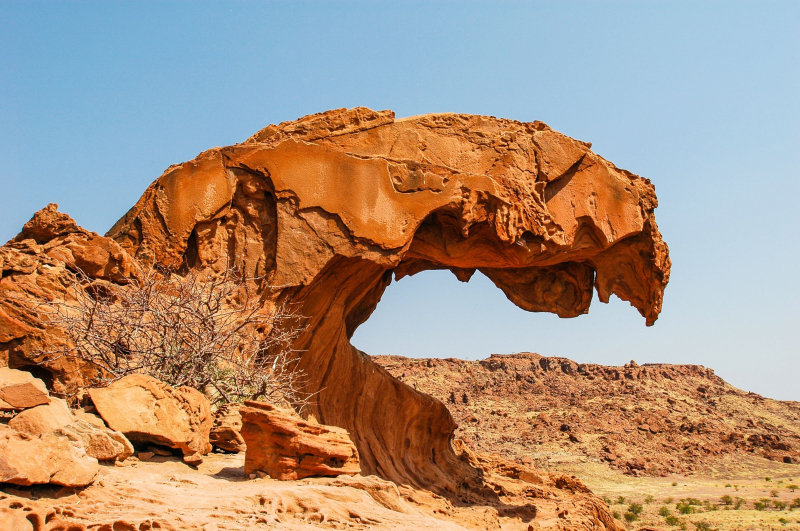Twyfelfontein
Twyfelfontein, officially known as Ui-Ais, is an ancient rock engravings site in the Kunene Region, north-western Namibia. It consists of a spring in a valley flanked by the slopes of a sandstone mountain that receives very little rainfall and has a wide range of diurnal temperatures. The site has been inhabited for 6,000 years, initially by hunter-gatherers and later by Khoikhoi herders.
Both ethnic groups used it as a place of worship and a site for conducting shamanist rituals. During these rituals, at least 2,500 items of rock carvings have been made, as well as a few rock paintings. Displaying one of the largest concentrations of rock petroglyphs in Africa, UNESCO approved Twyfelfontein as Namibia's first World Heritage Site in 2007. The Twyfelfontein valley has been inhabited by Stone-age hunter-gatherers of the Wilton stone age culture group since approximately 6,000 years ago. They did most of the engravings and probably all the paintings. The Khoikhoi, an ethnic group related to the San (Bushmen), occupied the valley, then known under its Damara/Nama name Ui-Ais 2,000 to 2,500 years ago. The Khoikhoi also produced rock art which can clearly be distinguished from tuplihe older engravings.
Location: Kunene







